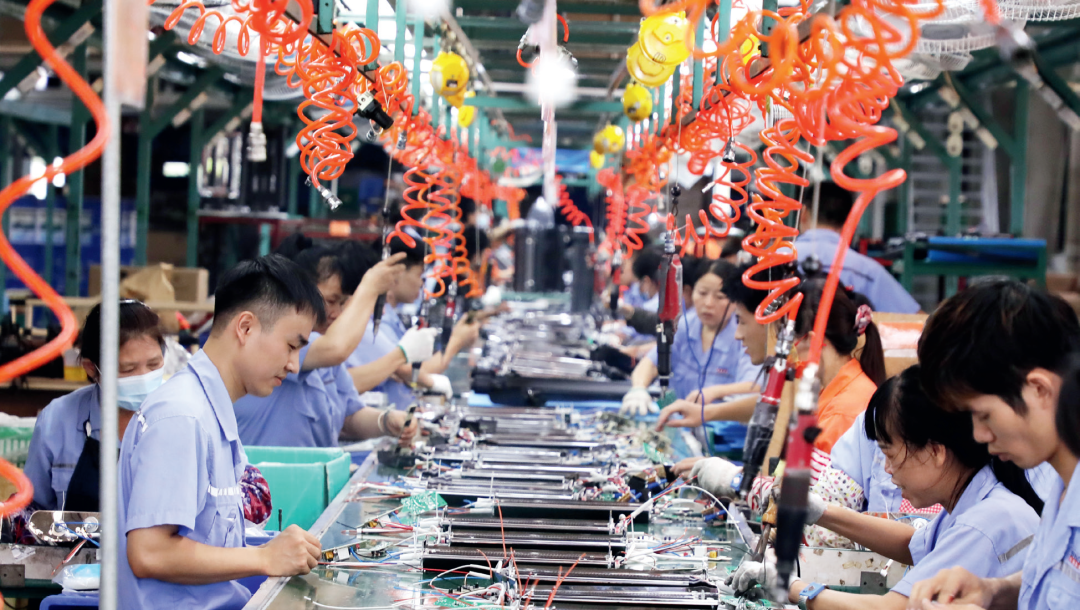Given that the global economy is facing downward pressure, Chinese economy has maintained its positive performance. More Chinese enterprises start to target at the top of the global industry chain and expand their shares in global market. Cross-border mergers and acquisitions would be a new option.
According to the Ministry of Commerce, outbound investment in China has a consistent increasing trend. In 2021, outbound investment has achieved over 178 billion dollars, an increase of 16.3%, ranking the top three globally for ten consecutive years.

As for Foshan, out of the top 100 manufacturing enterprises, over 50 of them have international business. In the past five years, the proportion of cross-border mergers and acquisition enterprises in the total foreign investment enterprises has increased from 15.84% to 22.16%.
Increase in cross-border mergers and acquisitions
In the Greater Bay Area, manufacturing industry is the major group conducting cross-border mergers and acquisitions.
For instance, during the outbreak of COVID in 2020, Wencan Group Co., Ltd. has made an unbelievable move to acquire Le Bélier Foundry and Mechanical Workshop with 2 billion yuan.
Once M&A was completed, Le Bélier has foster the development of Wencan Group, making it an essential partner in the global vehicle component production, with 17 global production bases.
In 2021, Wencan Group has realized 4.1 billion yuan gross profit, up by 58%. In the first 6 months of 2022, the net profit has increased 85.83% year on year.
Zhang Jing, the director of Guangdong Wencan Die Casting Co., Ltd., said that considering the increase in domestic costs, it is necessary to expand their international market for sustainable growth in the long term.
Buying stakes and collaboration would be other options of enterprises to expand overseas markets..
Establishment of oversea factories

In addition to overseas M&A, there are several alternatives like establishing overseas factories.
According to Midea, the globalization strategy is the key driven factor of growth when the domestic home appliance industry already met the market saturation. Nowadays, overseas business has taken over 40% of overall operation.
Analyzed by Zhou Qiren, the professor of National Institute of Development in Peking University, overseas manufacturing has contributed 25 billion to export sales, accounting for nearly 20%.
Huang Qing’an, the dean of the International Business School of Guangdong University of Finance and Economics, believes that pandemic has stimulated the return of global supply chain and the decentralization of production resources. Connection between countries and regions has been fostered.
Large-span blueprint to cope with uncertainty
Zhou Qiren states that, expanding the space scale of resources and establishment of large-span blueprint is one ideal counterstrike to the uncertainty in the global economy.
“Global expansion is definitely challenging for enterprises, however, as for industries with excess supply, that is one compulsory move”, said Chai Hua, the director of Guangdong Snowlight Optoelectronics Technology Co., Ltd. The increase in the domestic production cost has gradually compressed the revenues, pushing enterprises to reform.
Considering the upcoming economy trend, the drawback of simplified supply chain is becoming more critical. Hence, the globalization in supply chain would be the ultimate solution to enhance the competitiveness of Chinese brands, making Chinese enterprises the top tier in the global list.
Author | Eddie
Revisor | May, Linn
Source | Shunde Release